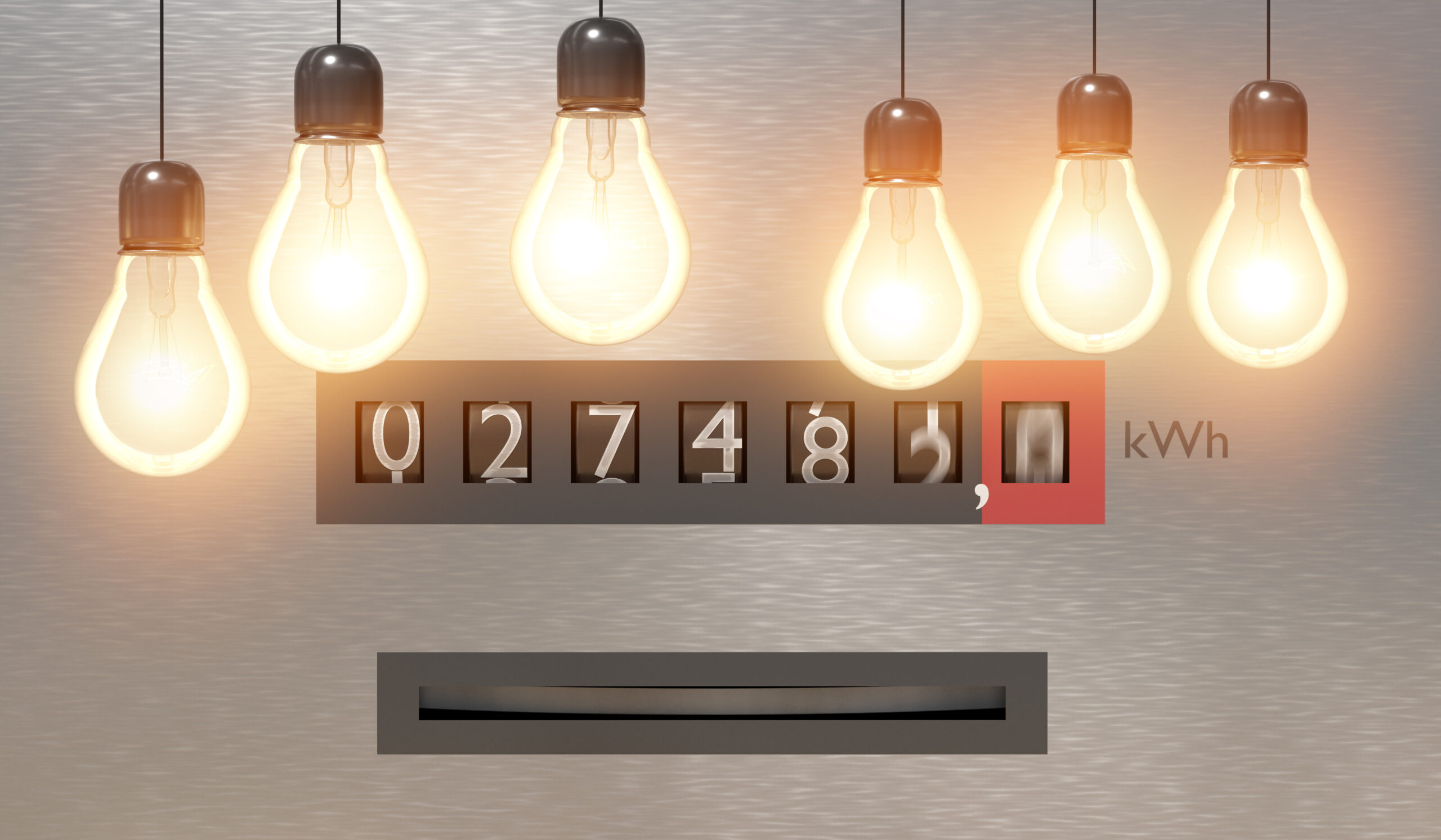The transition to renewable energy is the driving force in the Australian Government’s renewable energy target (RET), but what would the future really look like if Australia relied completely on renewables? Fuel sources have become a hot political topic in recent years, so what are the pros and cons of going green?
Contents
- What are renewable energy resources?
- Benefits of renewable energy?
- Risks of renewable energy
- Switch to renewable energy
What are renewable energy sources?

When we talk about energy sources, we are referring to the primary fuel source used to generate electricity in power plants.
Traditionally, the primary fuel has been coal. This fossil fuel has two long-term issues. Firstly, it is non-renewable, meaning there are limited amounts of it that will ultimately run out. Secondly, it is a polluting fuel, releasing large amounts of carbon dioxide into the atmosphere when it is burned, contributing to climate change.
Renewable energy sources, on the other hand, are never-ending and can be replenished time after time. The most common renewables in Australia are solar, wind and hydro. In most cases, renewable energy sources are also clean, meaning they do not produce polluting bi-products. However, there is some debate about how clean they really are when the process of building and maintaining the infrastructure is considered. Some renewable energy sources are not clean, namely biomass which burns organic matter directly into the atmosphere.
The end game of both renewable energy and fossil fuels is the same – electricity is provided to the grid and distributed to homes and businesses throughout the country. So what are the benefits of switching to renewable energy sources? Keep reading to find out!
Benefits
Australia has committed to the RET, the government scheme designed to reduce greenhouse gases and encourage the additional generation of electricity from sustainable and renewable sources. So why have we made this bold commitment?
Some of the benefits of transitioning to renewable energy are listed below.
Renewable
As the name suggests, renewable energy comes from a never-ending source that can be used time and time again. This secures the long-term future of Australia’s power supply.
Clean, green energy
Renewable energies do not release any emissions into the air, making them a cleaner choice by reducing air pollution. They also do not require fossil fuels to be transported around the globe, further reducing the carbon footprint.
Cheap electricity
With no expensive coal to buy and less maintenance required for renewable technologies compared to coal-fired power plants, renewables are significantly cheaper to run after the initial outlay, which is reflected in your electricity bill.
Reliable
The reliability of renewable energy is complicated – you’ll notice it also pops up in the risks list later on. However, the increase in the use of fossil fuels in recent years has uncovered their unreliable nature.
Not only will fossil fuels run out one day, but they are also at risk from global political issues and supply disruptions, such as the recent war in Ukraine and the COVID-19 pandemic. This reliance on the global market for fossil fuels makes renewable sources a more reliable option as they are generated locally.
Recycle waste products
As well as pollution, one of the biggest environmental problems facing the world today is waste. Biomass energy has the dual benefit of being renewable and reducing the amount of waste going into landfill. It generates electricity by consuming waste products such as vegetable oil, corn, soybean by products and algae.
New technologies
The different types of renewables each require a new set of technologies to generate and distribute energy, as well as refine the process to make it more efficient. This brings new jobs and stimulates the economy.
Stable prices
After the initial investment in the infrastructure, the running costs of renewable energy plants are stable and predictable because they are not impacted by the volatile coal and gas prices on the global market.
Improved Health
There are several serious diseases related to air pollution, including respiratory disease, cardiac health issues and some cancers. Moving to a clean energy source will improve the future of public health.
Rural revitalisation
Renewable energy plants are located in rural areas, bringing employment and investment to those regions.
Micro-local energy sources
Renewable energy gives consumers the chance to generate their own power and reduce their dependence on the grid. Installing PV solar panels in your home is the most common way to do this in Australia. If you combine your solar panels with a battery system and a smart meter, some retailers offer a Virtual Power Plant (VPP), so you can share electricity with your neighbours.
Risks
As with anything new, there are risks involved in switching to renewable energy. Below are some of the risks associated with the transition to renewables.
Short-term price hikes
Part of the RET includes the closure of coal-fired power stations as renewable sources take over. However, when closures occur before a sufficient replacement has been established, the short-term effect on energy prices is substantial. This happened in 2017 when Hazelwood Power Station closed and wholesale prices in Victoria shot up 85% from the previous year.
Limited capacity
The current generation capacity of renewable energy sources is a fraction of the established coal-fired plants, putting Australia at risk of an energy shortage if infrastructure and technologies do not advance fast enough.
Unreliable
Adding to the capacity issue is the fact that renewable energy sources are weather dependent and therefore, to some extent, uncontrollable. Currently, states with a high portion of renewable energy, such as South Australia and the ACT, are still backed up by the Nation Energy Market (NEM), to access power from coal-fired plants when renewable generation is low on cloudy or low-wind days.
Inefficient generation
Electricity distributors and generators have not yet found an efficient way to generate and transport electricity from renewable sources, with a lot of expensive losses occurring during the process.
High upfront costs
Renewable technologies are new, and as with any new technology, the cost is high. This includes building renewable energy plants, installing the technology and connecting it to the grid. As a nation, there is also substantial investment required to adapt the existing electricity network for renewables.
Lots of space
Luckily, Australia has a lot of space, because renewable energy needs it! For comparison, an average nuclear plant produces 1,000 megawatts of energy on 259 hectares of land, whereas a solar farm would produce less than 200 megawatts in the same space. (Source: Conserve Energy Future)
High storage costs
Solar batteries come with a high upfront cost, plus a storage cost of around 9c/kWh, which is a significant increase to your usage charges. In addition, solar batteries tend to wear out quickly and need replacing, although this is likely to improve as the technology evolves.
Pollution
While generating electricity from renewable sources does not produce pollution, the process of building the sites and transporting electricity relies on power from fossil fuels, contributing to air pollution.
Switch to renewable energy
If you have read this page and decided that, on balance, you would like to make the switch to renewable energy, then the good news is that most electricity retailers offer plans to access cheap electricity from renewable sources.
The Solar Home Bundle includes solar panels and batteries installed with no upfront costs. Plus, earn $15 per month bill credits when you join a VPP.
Offers flexible finance options, help to access the Victorian Government solar rebate and installation from their preferred supplier, UNIfied Energy Services.
The eVolve Plan includes 4,000km of free charging every year for electric vehicle owners.
-
-
AGL
-
The AGL Solar Savers Plan includes a high 10c/kWh solar feed-in tariff (FiT).
-
-
Origin Energy
-
When you join the Origin Loop VPP you can save up to $2,000 on solar batteries.
-
-
Red Energy
-
The Red EV Saver Plan gives you free electricity between 12 pm and 2 pm on weekends, plus a “Renewable matching promise” where for every unit of electricity you buy from Red Energy, Snowy Hydro Limited will match it by generating one unit of electricity from a renewable source.
-
-
Lumo Energy
-
Every Lumo Energy plan includes a solar FiT (available in South Australia and Victoria).
-
-
Simply Energy
-
Every Simply Energy plan is 100% carbon neutral for no additional fee.
They have been Green energy retailer of the year for two years running with 100% carbon offsets and a range of investments in renewables.
-
-
1st Energy
-
1st Energy offers Solar FiT and Premium Solar FiT for eligible customers.
Talk to an expert
Contact CheapBills on 1300 786 045 or enter your details online and our team of experts will compare electricity plans to find you one that suits your renewable energy needs and saves you money at the same time!
Useful links
Read more about the topics on this page by following the links below.








